Learning English through a Participatory and Collaborative Environment in Students from Rural Schools
Resumen
The present work covers the teaching and learning of English through the stimulation of a participatory and collaborative environment. Its main objective is the implementation of a strategy that enhances the learning of English as a Foreign Language (EFL) by creating the environment above mentioned. The paper explores the levels of participation and collaboration in English lessons by means of a diagnostic study that includes students from Eight Year of E.G.B to Third Year of B.G.U. and teachers of English. Effective techniques to develop such type of learning are also discussed. The results derived of the application of the strategy are debated as well.
Descargas
Citas
Alahdal, A. (2019). Effectiveness of Collaborative Learning as a Strategy in the Teaching of EFL. Revista de Ciencias Humanas y Sociales. Opción, Año 35, Especial No.20 (2019): 1026-1043, ISSN 1012-1587/ISSNe: 2477-9385.
Baloul, N. S. A. (2023). How the Use of ICT Encourages the Student`s Collaborative Learning. International Journal of Linguistics, Literature and Translation. ISSN: 2617-0299 (Online); ISSN: 2708-0099 (Print), DOI: 10.32996/ijllt
Bell, B. S., & Kozlowski, S. W. (2010). Toward a theory of learner-centered training design: An integrative framework of active learning. In S. W. J. Kozlowski & E. Salas (Eds.), SIOP organizational frontiers series. Learning, training, and development in organizations (pp. 263 –300). Routledge/Taylor & Francis Group.
Chowdhury, T. A. (2021). Fostering Learner Autonomy through Cooperative and Collaborative Learning. International Journal of Education, Volume 10, No. 1, pp. 89-95 P-ISSN: 2320-2653, E-ISSN: 2582-1334.
Díaz F. (1999). Estrategias docentes para un aprendizaje significativo. Mc Graw Hill, México.
Hedge, T. (200). Teaching and learning in the language classroom. Oxford, Oxford University Press.
Hornstra, L., et al. (2015) Motivational Teacher Strategies: The Role of Beliefs and Contextual Factors. Learning Environments Research, vol. 18, pp. 363-392.
Ilyosovna, N. A. (2020). The Importance of English Language. International Journal on Orange Technologies, Volume: 02 Issue: 01 | Jul-Aug 2020 www.researchparks.org, e-ISSN: 2615-8140, p-ISSN: 2615-7071.
Pozzi, F., Manganello, F., and Persico, D. (2023). Collaborative Learning: A Design Challenge for Teachers. Education Sciences, 2023, 13, 331. https://doi.org/10.3390/educsci13040331
Purnomo, R. et al. (2023). Fostering Collaborative Learning through Presentation, Practice, and Production: Innovative Techniques for Teaching Grammar. IIP Jurnal Ilmiah Ilmu Pendidikan, eISSN: 2614-8854) Volume 6, Nomor 1 1 , November 2023 (9381 -9385).
Qureshi, M. A. et al (2021). Factors affecting students’ learning performance through collaborative learning and engagement. Interactive Learning Environments, DOI:
10.1080/10494820.2021.1884886.
Sheldon, C. Q. (2004). Building an instructional framework for effective community college developmental education. ERIC Digest (online digest). http://www.ericdigest.org/2004-1/building.htm_25, June 2013.
Lee, S.-M. (2014). The relationships between higher order thinking skills, cognitive density, and social presence in online learning. The Internet and Higher Education, 21, 41 –52. https://doi.org/10.1016/j.iheduc.2013.12.002.
Lipponen, L. (2002). Exploring Foundations for Computer-Supported Collaborative Learning. Proceedings of CSCL 2002 (pp. 72-81).
Melek, E.K. (2018). Exploring Collaborative Learning with a Focus on Group Activities in EFL Classrooms. İnönü University Journal of the Faculty of Education, Vol 19, No 3, 2018, pp. 582-597, DOI: 10.17679/inuefd.385741
Noor Aillen, I. et al. (2015). The Importance of Implementing Collaborative Learning in the English as a Second Language (ESL) Classroom in Malaysia. International Accounting and Business Conference, www.sciencedirect.com.
Srinivas Rao, P. (2019). Collaborative Learning in English Language Learning Environment. Research Journal of English Language and Literature. ISSN:2395-2636, Vol.7.Issue 1. 2019 (Jan-Mar).
Strebe, D. D. (2018). An efficient technique for creating a continuum of equal-area map projections. Cartography and Geographic Information Science, 45(6), 529 –538. https://doi.org/10.1080/15230406.2017.1405285
Warsah, I. et al. (2021). The Impact of Collaborative Learning on Learners’ Critical Thinking Skills. International Journal of Instruction, 14 (2), 443-460.
Yang, X. (2023). A Historical Review of Collaborative Learning and Cooperative Learning. Association for Educational Communications & Technology 2023, TechTrends (2023) 67:718–728, https://doi.org/10.1007/s11528-022-00823-9.
Derechos de autor 2024 Luis Alfredo Chavarría Mendoza, Raisa Macias Sera, Ángela María Kaicer Pinargote, Silvia Nancy Bazurto Alcívar, María Cristina Intriago Cobeña

Esta obra está bajo licencia internacional Creative Commons Reconocimiento 4.0.


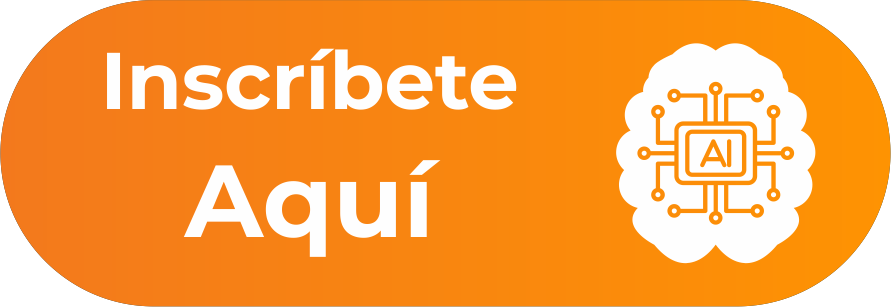





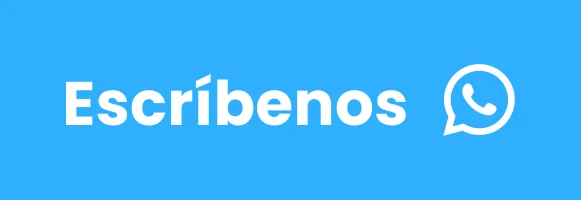



.png)
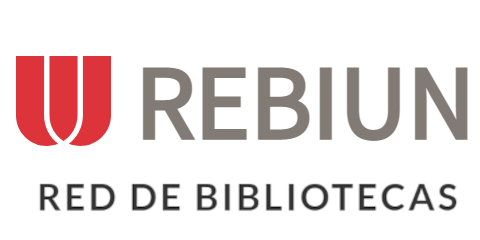







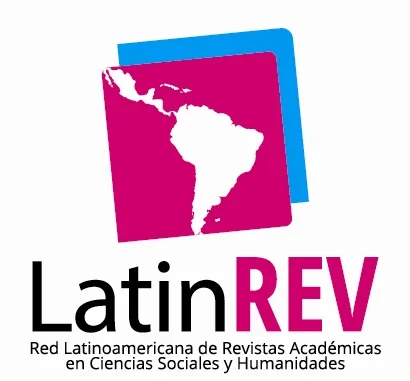

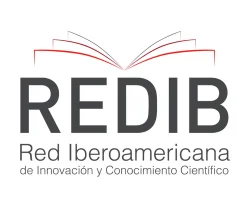


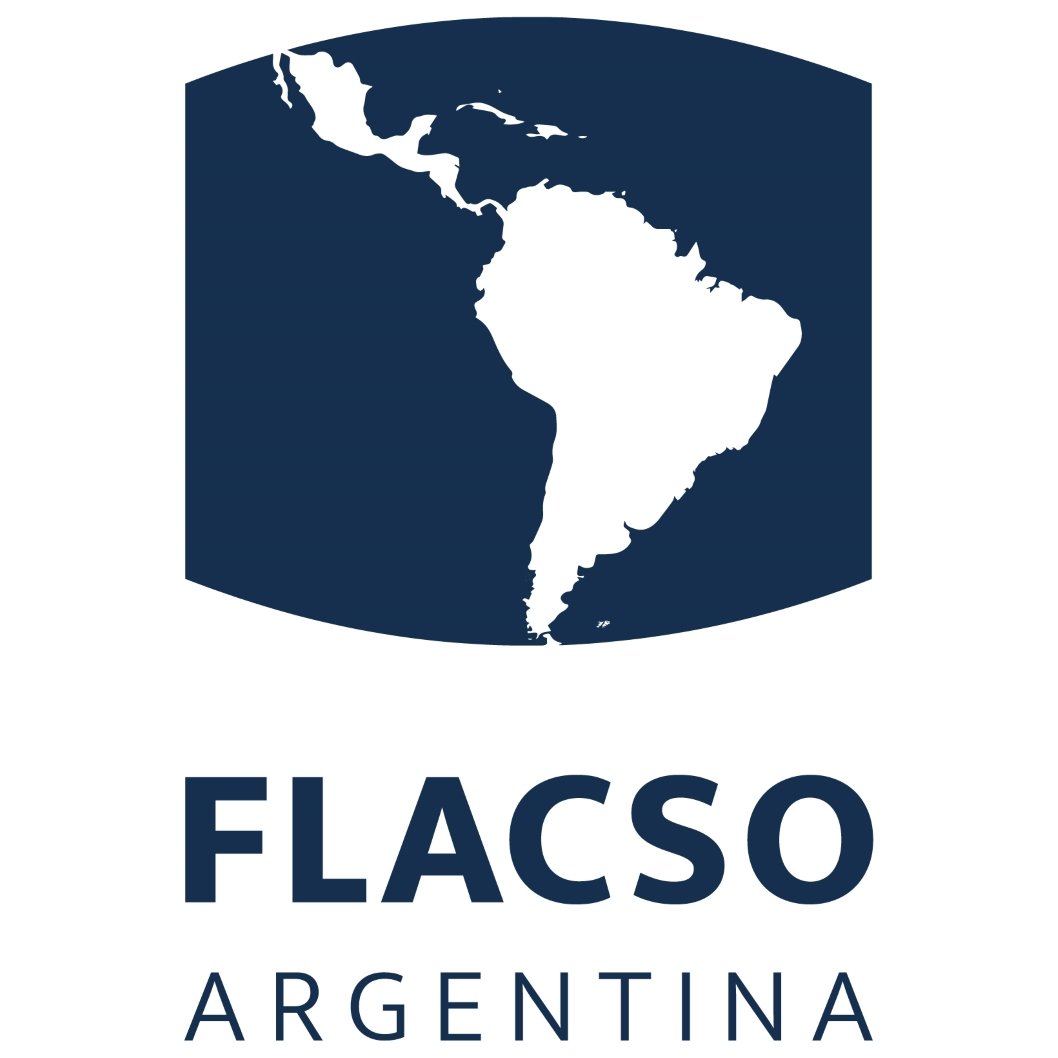
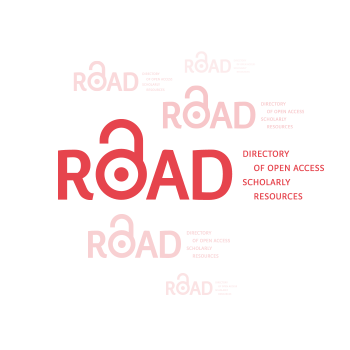





.png)
1.png)


